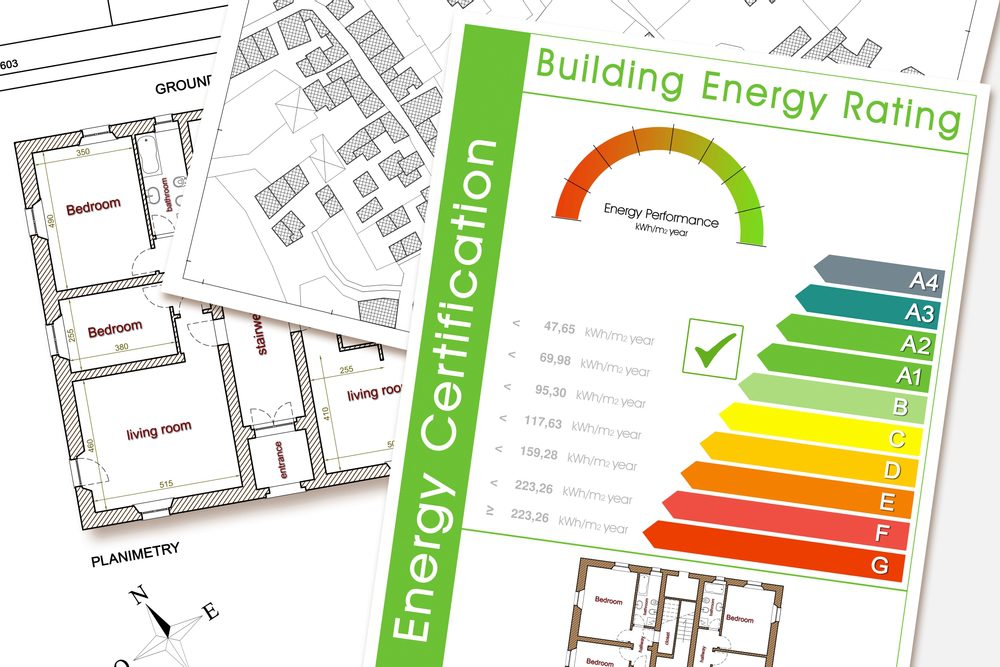In the modern era, where sustainability is no longer optional but a necessity, achieving green building certification is a significant milestone for property developers and managers. Among the various methodologies and procedures utilized to attain such certifications, EBEWE Benchmarking proves to be a fundamental element. This in-depth exploration discusses the indispensable role of EBEWE Benchmarking in securing Green Building Certification.
I. Introduction

The concept of green building certification has transcended beyond mere environmental responsibility to become a vital criterion for enhancing a building’s marketability and operational efficiency. EBEWE (Existing Building Energy and Water Efficiency) Benchmarking is central to this process. By facilitating a detailed understanding and management of energy and water consumption, EBEWE Benchmarking not only ensures compliance with environmental standards but also propels buildings towards greater sustainability. This blog aims to unwrap the layers of EBEWE Benchmarking and underline its critical importance in green building certifications, promising to equip you with knowledge that could transform your building management practices.
II. Understanding Green Building Certification
Green Building Certifications are systems designed to evaluate the environmental impact and sustainable nature of building projects. These certifications, such as LEED Certification, BREEAM, and others, provide frameworks for assessing various aspects of sustainability, including energy usage, water efficiency, indoor environmental quality, and material selection.
The benefits of obtaining such certifications are profound:
- Environmental Impact: Certified buildings consume less energy and water, contribute less waste to landfills, and generally have a reduced carbon footprint.
- Financial Benefits: They command higher rental rates and property values, benefit from various tax incentives, and reduce operating costs.
- Occupant Satisfaction: Improved indoor environmental quality leads to better occupant comfort, which can increase productivity and reduce absenteeism in commercial settings.
Understanding these benefits underscores the importance of methodologies like EBEWE Benchmarking in achieving these certifications.
III. An In-Depth Look at EBEWE Benchmarking
EBEWE Benchmarking, mandated in regions like Los Angeles LADBS EBEWE, involves a detailed analysis of a building’s energy and water usage. The process begins with the collection of precise utility data, which is then reported annually. This data is benchmarked against similar buildings to identify performance standings through tools like the EPA’s ENERGY STAR Portfolio Manager.
This benchmarking serves multiple purposes:
- Identifying Inefficiencies: Helps in pinpointing areas where energy and water usage is excessive.
- Setting Performance Goals: Establishes realistic and achievable targets for energy and water efficiency improvements.
- Monitoring Improvements: Tracks the effectiveness of any implemented efficiency measures.
IV. Importance of EBEWE Benchmarking in Green Building Certification
EBEWE Benchmarking is not merely a compliance tool but a comprehensive strategy that supports the core objectives of green building certifications. By ensuring that buildings adhere to prescribed energy and water usage standards, EBEWE Benchmarking lays the groundwork for achieving various sustainability metrics required by green building frameworks.
Industry experts consistently highlight the role of rigorous benchmarking practices in paving the way for substantial environmental and economic gains. Buildings that excel in EBEWE assessments are typically well-positioned to meet and exceed the stringent criteria of advanced green building certifications.
V. How to Implement EBEWE Benchmarking for Green Building Certification
Implementing EBEWE Benchmarking effectively requires a strategic approach:
- Data Collection: Gather comprehensive utility data over a defined period.
- Submission and Review: Submit this data through designated portals like the ENERGY STAR Portfolio Manager.
- Analysis and Action: Analyze the results to identify underperforming areas and implement corrective measures.
- Continuous Monitoring: Regularly monitor the building’s performance and refine strategies as necessary to maintain or improve benchmarking scores.
Avoid common pitfalls such as underestimating the importance of continuous data collection and failing to engage stakeholders in the benchmarking process.
VI. The Future of EBEWE Benchmarking and Green Building Certification

As technology evolves, the integration of advanced tools like AI and IoT is set to revolutionize EBEWE Benchmarking. These technologies promise more accurate data collection and real-time monitoring, leading to smarter, more responsive building management systems. Furthermore, as regulations around environmental sustainability tighten, the role of effective benchmarking in compliance and certification will become even more pronounced.
VII. Conclusion
In conclusion, EBEWE Benchmarking is a cornerstone in the architecture of green building certification. Its ability to provide detailed insights into a building’s energy and water efficiency is invaluable. As we look towards a future where green buildings may become the standard rather than the exception, embracing robust benchmarking practices like EBEWE will be crucial. Let this be a call to action for all building owners and managers to prioritize EBEWE Benchmarking not just for compliance, but as a strategic component in sustainable building management.
Incorporating EBEWE Benchmarking into your sustainability strategies ensures not only environmental and financial benefits but also positions your properties at the forefront of the green building movement.
VertPro.com serves as a resourceful platform for property owners and managers seeking to enhance their buildings’ energy efficiency. The site offers a range of services, including Commercial Energy Audits, Benchmark Compliance consultancy, and a Construction Marketplace. At the heart of VertPro® is a suite of SaaS technology-based solutions designed to assist in navigating the complexities of Energy Benchmarking and Energy Audits/RCx Plus, while ensuring adherence to over 60 Energy Benchmarking and Energy Efficiency Laws across the country.
For those looking to improve their property’s energy usage and operational value, VertPro.com provides a diverse array of tools and information. The site aims to facilitate a better understanding of energy efficiency practices and legislation, helping building owners and property managers make informed decisions about their energy strategies while complying with all energy ordinances and laws.








